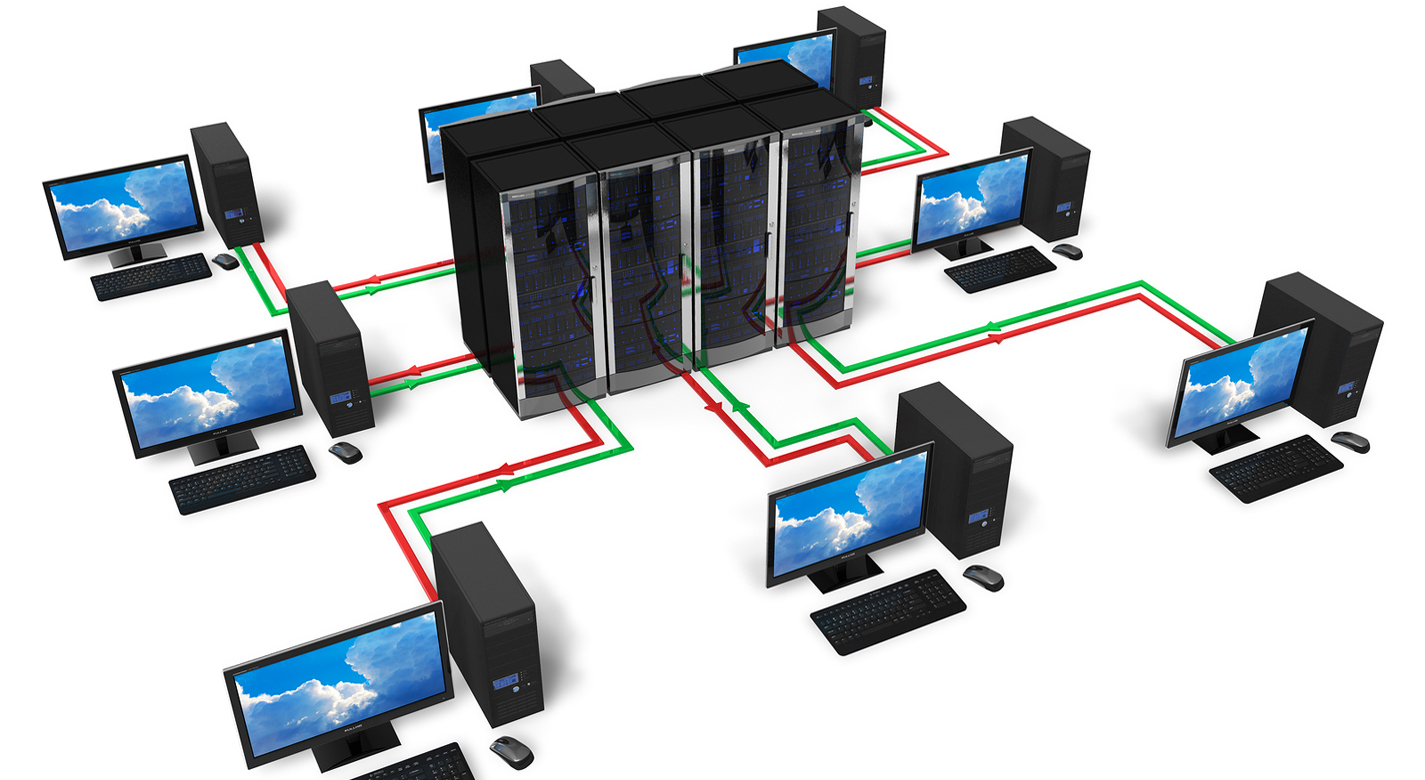Selective Access and Editing in a Database
information technology and software
Selective Access and Editing in a Database (TOP2-188)
Flexible database accessibility
Overview
NASA has developed a method and system that provides selective access to different portions of a database by different subgroups of database users. In this system two or more members of a given access subgroup can edit simultaneously a document accessible to each member. This database system provides selective access to different portions of the database for different groups of users, where the different groups may have overlapping access group memberships. When N users are involved, up to 2N -1 distinguishable access subgroups in a group space can be formed, and no two access subgroups can have the same members. This system is very flexible and allows for change in definition of the portions of the database accessible by a specified access group. Provisions of selective access to the database allow restriction of user access to the information contained in different portions of the database based upon need to know or another suitable authorization scheme.
The Technology
A complex project has many tasks and sub-tasks, many phases and many collaborators, and will often have an associated database with many users, each of which has a limited need to know that does not extend to all information in the database. This invention relates to selective access to simultaneous editing of different portions of a database. It provides selective access to as many as 2N-1 (or 2N) mutually exclusive portions of a database by different subgroups of N users. One or more members of an access subgroup can edit a document or other information collection, to which the members have access simultaneously. In this system the database receives information from one or more information sources and is queried by a plurality of users. The database permits selective access of a given user to different portions of the database, depending upon the users identity and access permissions. Optionally, members of the same access subgroup can be assigned different numerical priorities in a queue so that, as between first and second users in the subgroup, draft editing of a document by the first user will subsequently be reviewed, declined, or either partly entered or wholly entered by the second user. User access to different portions of the database is initially determined when a user account is set up. User access can be subsequently changed according to the circumstances.


Benefits
- Selective access to different portions of a database
- Allows simultaneous editing
- Flexible development environment
- Secure
- Data Integrity
- Restricting Unauthorized Access
Applications
- Database Management
- Education
- Telecommunications
- Health Care Information Systems
- Banking
- Human Resources
- E-Commerce
Similar Results

Centralized Data Management Platform
The technology is an adaptive data management and integration platform designed for disparate data sources. It is built to support multitenancy, manage data governance, handle heterogeneous data formats and advance data democratization using a suite of connected, independent microservices. Each service can be used within an integrated environment, or as a standalone product, with a dedicated set of functionalities, such as metadata management, data versioning, access control, data tagging, link management, and analytics, among others.
The platform includes APIs to query, navigate and analyze complex interconnections between data assets. The invention provides the capability to capture and manage domain knowledge as a graph schema. The microservices architecture provides services for data tagging, managing data ownership, managing data relationships by dynamically associating data assets based on their content, metadata cataloging and handling, data discovery by searching data across domains ingested from various data sources, while tracking the data’s lineage and provenance, and product lifecycle that data assets belong to. Such data management can integrate heterogeneous datasets, facilitating cross-domain Metadata Management Services (MMS), identifying and limiting unconnected data sources and other fragmented data, as well as reducing redundant data sources.

Enhanced Project Management Tool
A searchable skill set module lists a name of each worker employed by the company and/or employed by one or more companies that contract services for the company, and a list of skills possessed by each such worker. When the system receives a description of a skill set that is needed for a project, the skill set module is queried. The name and relevant skill(s) possessed by each worker that has at least one skill set provided in the received skill set list is displayed in a visually perceptible format.
Provisions are provided for customizing and linking, where feasible, a subset of reports and accompanying illustrations for a particular user, and for adding or deleting other reports, as needed. This allows a user to focus on the 15 reports of immediate concern and to avoid sorting through reports and related information that is not of concern.
Implementation of this separate-storage option would allow most or all users who have review access to a document to write, edit, and otherwise modify the original version, by storing the modified version only in the users own memory space. Where a user who does not have at least review-access to a report explicitly requests that report, the system optionally informs this user of the lack of review access and recommends that the user contact the system administrator. The system optionallystores preceding versions of a present report for the preceding N periods for historical purposes. The comparative analysis includes an ability to retrieve and reformatnumerical data for a contemplated comparison.

Context Based Configuration Management System
Context Based Configuration Management (CBCM) is a hybrid tool-suite that directly supports the dynamic, distributed strategic planning and decision making environment. The CBCM system marries Decision Map technology with Commercial Off-the-Shelf (COTS) configuration management work flow (Xerox Docushare), embedded component models (events models, configuration item models, and feedback models) all on top of a web based online collaboration technology (e.g., NASA/Xerox Netmark middleware engine). CBCM drives an enterprise management configuration system with built-in analysis functions, tightly interoperable with other enterprise management systems (through middleware connections) that deliver integrated reports and enable enterprise-wide inputs on decisions/actions/events, and present context-based query-driven views on configuration management information. The theory of operation flows from the most senior level of decision making and creates a master Configuration Decision Map. This map track events, configuration objects, and contexts. Additional Configuration Decision Maps can be created independently and/or as a result of the Master Configuration Decision Map by successive organizations and/or individuals in the entire enterprise. The integrated icon-objects have intelligent triggers embedded within them configurable by the users to provide automatic analysis, forecasts, and reports. All information is stored in an object-relational database that provides robust query and reporting tools to help analyze and support past and current decisions as well as track the enterprise baseline and future potential vectors.

Hierarchical Image Segmentation (HSEG)
Currently, HSEG software is being used by Bartron Medical Imaging as a diagnostic tool to enhance medical imagery. Bartron Medical Imaging licensed the HSEG Technology from NASA Goddard adding color enhancement and developing MED-SEG, an FDA approved tool to help specialists interpret medical images.
HSEG is available for licensing outside of the medical field (specifically for soft-tissue analysis).

Intelligent Conversational Research Assistant
Previous virtual digital assistants (e.g., Siri®, Google Assistant®, Cortana®, Alexa®, etc.) allow users to speak requests to computers or mobile phones, which then perform speech-to-text recognition and execute web searches based on the content of the user's request. However, such systems cannot provide answers that are geospatially and space-time aware, for example, what the weather was like in San Francisco three days ago. In addition, typical virtual assistants only allow community users to indirectly influence system behavior through their queries.
MATA provides a conversational assistant and associated computing to turn 40 years and hundreds of terabytes of Earth science of NASA Earth science data into usable knowledge. This system engages with users in an integrated, conversational manner using natural language dialogue, and invokes external web services, when appropriate, to obtain information and perform various actions on a variety of satellite and geospatial data to provide spatio-temporally aware answers. MATA is conversational computing, not just a conversational assistant.
Broadly, this technology takes a query, translates that query into to an intent, then that intent invokes the right capability, which in turn invokes the right APIs for computations that take milliseconds. MATA does not simply retrieve an answer from a database, but it intelligently answers a user's question within its specific context.



